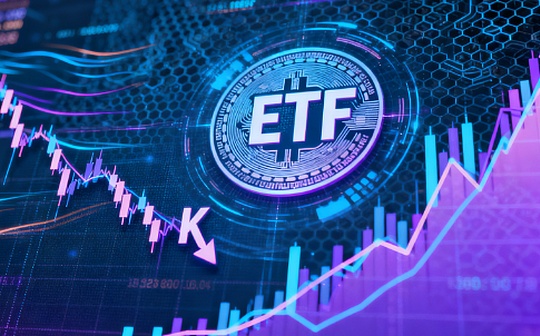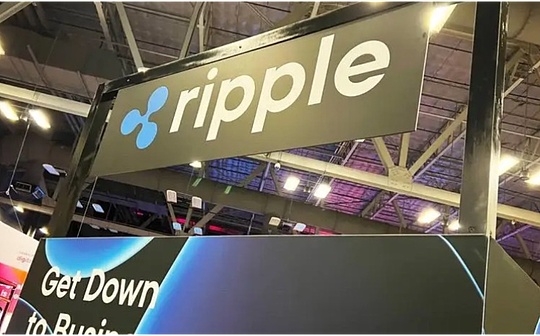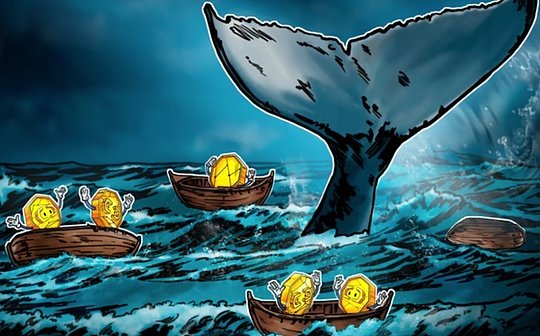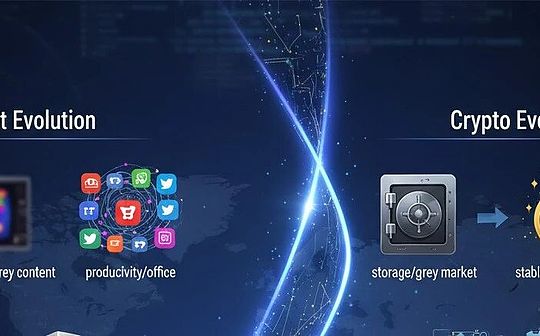
Author: 0xEdwardyw Source: tokeninsight
Ethereum’s price performance has been disappointing over the past year.Despite the overall development of the Ethereum ecosystem, ETH has been having difficulty keeping up with its competitors in terms of price appreciation.Indicators of the relative intensity of ETH, the ETH/BTC ratio dropped significantly, which has dropped by more than 32% in the past year.

Disappointing price performance has raised concerns among investors, especially given Ethereum’s central position in the fields of decentralized finance (DeFi) and smart contracts.The slowdown in price growth has sparked debate over the long-term value capture potential of ETH, especially in the face of growing competition from other Layer 1 blockchains and the complexity brought about by Layer 1 expansion solutions.
This article will cover several key issues facing Ethereum that may have led to its recent underperformance.
Layer 2 solutions lead to lower ETH demand
Ethereum layer two solutions, such as rollups, appear as solutions to alleviate congestion on the Ethereum main network.By processing transactions off-chain and then uploading them in batches back to the main chain, these solutions provide faster and cheaper transactions, significantly improving the user experience.However, this shift presents potential challenges to Ethereum’s value capture.
As more and more transactions are processed on layer two solutions, the fees and economic activities that would have benefited the Ethereum mainnet are increasingly redirected.This shift may lead to a decrease in ETH demand as users interact more with layer 2 networks such as Arbitrum and Optimism rather than using the Ethereum base layer.The economic incentives that drive ETH value may weaken, potentially affecting its price and its utility as a major asset within the ecosystem.
Although Ethereum can serve as the data availability (DA) layer for these layer two protocols, the fees and value of ETH capture are still significantly lower than when these transactions occur directly at layer one.Although the DA role is crucial, it does not fully compensate for the reduction in the value of direct transactions on the Ethereum main network.
Gas costs dropped significantly
In July and August 2024, Ethereum experienced a significant gas fee decline, reaching levels not seen in more than five years.This trend is mainly attributed to the ongoing impact of Dencun upgrades and the increase in interactive activity on Layer 2 solutions.

By mid-August, Ethereum’s gas fees had fallen to as low as 0.6 gwei, with low-priority transactions record of only 1 gwei or less.This is more than 95% lower than the high of 83 gwei observed during the network activity in March 2024.
The Dencun upgrade, implemented in March 2024, played a key role in reducing transaction costs for Layer 2 networks.The most significant aspect of the Dencun upgrade is the introduction of proto-danksharding.This mechanism allows Ethereum to more efficiently process Layer 2 (L2) transaction data using a new type of temporary data called “blobs”.These blobs are cleared from the blockchain after a set period, significantly reducing the storage costs associated with L2 transactions.
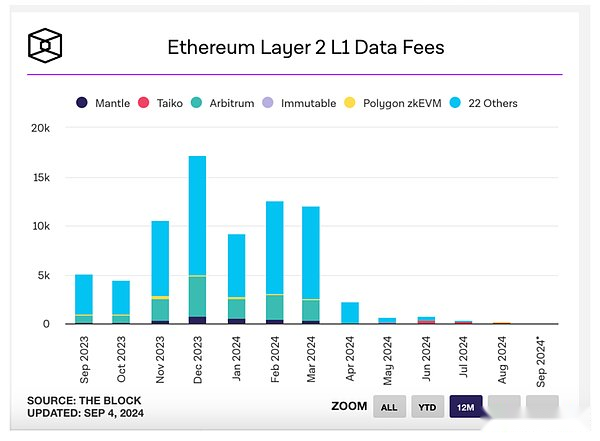
ETH supply increases
The substantial decline in Gas fees also affected the amount of ETH burned, which is determined by the EIP-1559 mechanism.EIP-1559 sets up a base fee for each transaction, which is the minimum gas price required for a transaction to be included in the block.This basic fee will be dynamically adjusted according to the network’s demand for block space, increasing when the block is full and decreasing when the block is not fully utilized.The underlying fee will be burned and ETH will be removed from circulation permanently.This mechanism introduces deflationary pressure on ETH, which reduces the total supply over time if the combustion exceeds the issuance of the pledge reward.However, if the demand for ETH pays gas fees is insufficient, issuance from pledge rewards may lead to an increase in the total supply of ETH.
The total supply of Ethereum has been increasing over the past few months due to the decrease in burned ETH, rising from about 120.3 million ETH in March to about 120.3 million in August.If demand fails to keep pace, the increase in supply could put downward pressure on ETH prices.
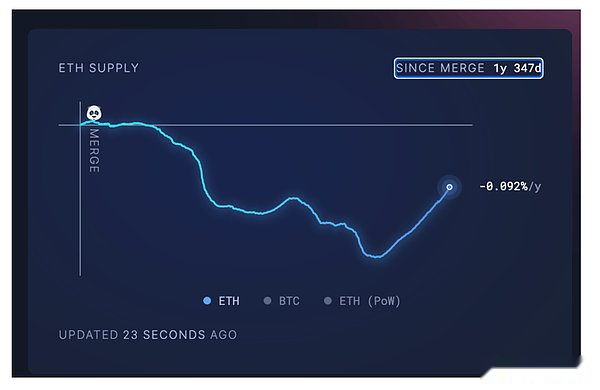
Interoperability and complexity issues in layer two
Ethereum’s advancement to layer 2 solutions has created interoperability issues and increased developer complexity, making it harder for users to get a seamless experience than other layer networks such as Solana.
Each layer 2 solution—such as Arbitrum, Optimism, and zkSync—runs as a standalone environment with its own set of rules and standards.This decentralization means that assets and data cannot move seamlessly between these different layer 2 networks, creating silos within the Ethereum ecosystem.Developers must build or integrate complex cross-chain mechanisms to achieve interoperability between these layers, which can be time-consuming and error-prone.
There are now 64 second-tiers, 18 third-tiers, and 81 second-tier and third-tier projects that are about to enter Ethereum.As different L2s run in isolated environments, it becomes difficult for decentralized applications (dApps) and users to interact seamlessly between these networks.

In addition, multiple layer 2 solutions significantly increase the complexity of building and deploying decentralized applications (dApps).Developers must decide on which layer 2 network to build on, weighing factors such as user base, transaction costs and technical specifications.Furthermore, maintaining dApps on multiple second layers increases development and maintenance effort, as each second layer may have different tools, APIs, and performance characteristics.
These interoperability and complexity issues not only affect developers, but also have a ripple effect on the user experience.Users may find it confusing to navigate between different Layer 2 networks, each with its own wallet, transaction process, and fees.This decentralized experience can hinder adoption and reduce the seamless experience Ethereum is designed to provide.
Does ETH have a currency premium?
A currency premium refers to an additional value of an asset that exceeds its intrinsic or practical value, usually because it is regarded as a store of value, medium of exchange, or unit of valuation.Ethereum has long been considered to have a currency premium, which has contributed to its position as the second largest cryptocurrency in market capitalization.
For Ethereum, its currency premium stems from several factors:
-
Utility in the ecosystem: Ethereum is the backbone of a large number of decentralized applications (dApps), decentralized finance (DeFi) platforms and non-fungible tokens (NFTs).The need to pay gas with ETH and participate in on-chain activities makes its value beyond just technical features.
-
Recognition of store of value: Due to the widespread use of Ethereum, its large market capitalization, and belief in the long-term growth of the Ethereum network, some investors regard ETH as a store of value similar to Bitcoin.This perception adds a currency premium to ETH.
-
Staking and Earning Potential: ETH holders can earn rewards by staking their tokens, which further enhances their value proposition and increases their currency premium.
However, unlike Bitcoin with 21 million hard caps, Ethereum has no fixed supply limits.Critics argue that this lack of caps weakens ETH’s ability to act as a reliable store of value, and its supply may increase over time, resulting in the dilution of value.According to EIP-1559, when demand for ETH is high, ETH becomes a deflationary asset because some of the gas fees are burned.But when demand drops, ETH becomes an inflationary asset, which weakens its value proposition as a store of value.
Furthermore, Ethereum is often seen as focusing more on becoming a “world computer” than just a monetary asset.This multifaceted role, while providing utility, may undermine its perception of being a simple and reliable store of value, in contrast, Bitcoin focuses on becoming “digital gold”.
The core question revolves around what exactly is Ethereum’s value proposition.If Ethereum’s main goal is to operate as a world computer, it needs to shift transactions to a layer 2 solution for faster processing and lower transaction costs.However, this shift inevitably shifts some value to the Layer 2 protocol, weakening the accumulation of value of ETH as an asset.The challenge lies in how to balance the need for scalability with the desire to maintain and enhance ETH value.
To maintain its “Ultra Sound Money” status, Ethereum must ensure that the second layer solution provides users with low-cost transactions without detracting from the value of its native assets.This delicate balance is crucial for ETH to continue to maintain its currency premium.

